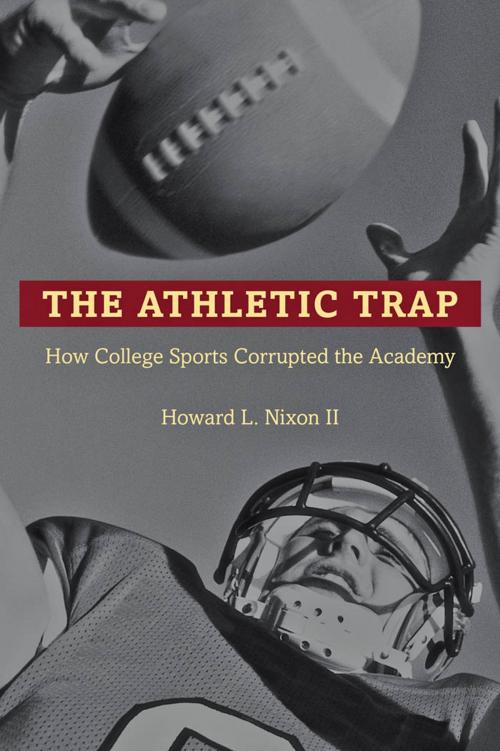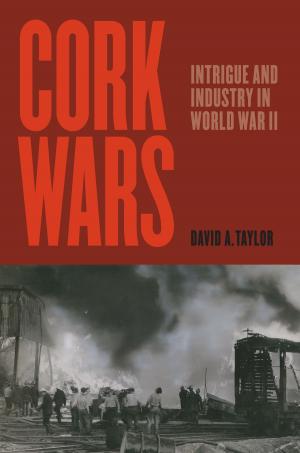The Athletic Trap
How College Sports Corrupted the Academy
Nonfiction, Reference & Language, Education & Teaching, Higher Education, Sports| Author: | Howard L. Nixon II | ISBN: | 9781421411965 |
| Publisher: | Johns Hopkins University Press | Publication: | March 15, 2014 |
| Imprint: | Language: | English |
| Author: | Howard L. Nixon II |
| ISBN: | 9781421411965 |
| Publisher: | Johns Hopkins University Press |
| Publication: | March 15, 2014 |
| Imprint: | |
| Language: | English |
The unrivaled amount of cash poured into the college athletic system has made sports programs breeding grounds for corruption while diverting crucial resources from the academic mission of universities. Like money in Washington politics, the influence bought by a complex set of self-interested actors seriously undermines movement toward reform while trapping universities in a cycle of escalating competition. Longtime sport sociologist Howard L. Nixon II approaches the issue from the perspective of college presidents—how they are seduced by prestige or pressured by economics into building programs that move schools toward a commercial model of athletics.
Nixon situates his analysis in the context of what he calls "the intercollegiate golden triangle," a powerful social network of athletic, media, and private corporate commercial interests. This network lures presidents and other university leaders into an athletic arms race with promises of institutional enhancements, increased enrollments, better student morale, improved alumni loyalty, more financial contributions, and higher prestige.
These promises can cloud the judgment of college presidents and governing boards, entangling them in an athletic trap that restricts their influence. Unable to control spending, inequalities, and deviance within commercialized athletic programs, universities are ensnared in financial, political, and social obligations that are difficult to sustain—or escape. Nixon clarifies the structure of this trap, describes how higher education institutions fall into it, and explores what it means for institutions and presidents caught in it.
This timely analysis also has relevance to the debates about the role of the NCAA and ongoing reform efforts in college sports. The Athletic Trap will be of interest to university presidents, board members, and administrators, sport sociologists concerned with the balance of power between academics and athletics, and anyone else with a serious interest in college sports and its future.
The unrivaled amount of cash poured into the college athletic system has made sports programs breeding grounds for corruption while diverting crucial resources from the academic mission of universities. Like money in Washington politics, the influence bought by a complex set of self-interested actors seriously undermines movement toward reform while trapping universities in a cycle of escalating competition. Longtime sport sociologist Howard L. Nixon II approaches the issue from the perspective of college presidents—how they are seduced by prestige or pressured by economics into building programs that move schools toward a commercial model of athletics.
Nixon situates his analysis in the context of what he calls "the intercollegiate golden triangle," a powerful social network of athletic, media, and private corporate commercial interests. This network lures presidents and other university leaders into an athletic arms race with promises of institutional enhancements, increased enrollments, better student morale, improved alumni loyalty, more financial contributions, and higher prestige.
These promises can cloud the judgment of college presidents and governing boards, entangling them in an athletic trap that restricts their influence. Unable to control spending, inequalities, and deviance within commercialized athletic programs, universities are ensnared in financial, political, and social obligations that are difficult to sustain—or escape. Nixon clarifies the structure of this trap, describes how higher education institutions fall into it, and explores what it means for institutions and presidents caught in it.
This timely analysis also has relevance to the debates about the role of the NCAA and ongoing reform efforts in college sports. The Athletic Trap will be of interest to university presidents, board members, and administrators, sport sociologists concerned with the balance of power between academics and athletics, and anyone else with a serious interest in college sports and its future.















